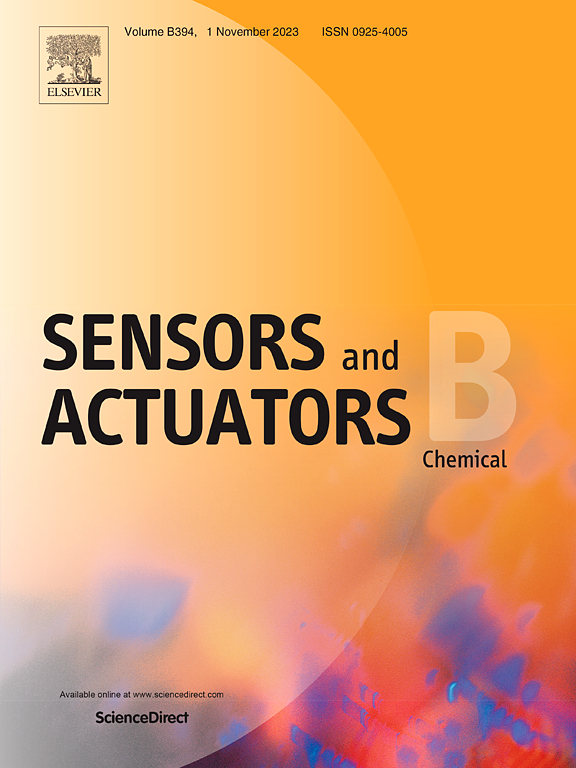Synthesis of Cu(II)-loaded polydopamine to construct fluorescence sensor for detection of cTnI from myocardial infarction
IF 8
1区 化学
Q1 CHEMISTRY, ANALYTICAL
引用次数: 0
Abstract
High-performance detection of cTnI possesses great significance for diagnosis of myocardial infarction. In this work, two kinds of lower-dimensional Cu(II)-loaded polydopamines were synthesized via in-situ polymerization of dopamine for the first time using Cu-pBDC MOFs and Cu-aBDC MOFs as templates. The obtained Cu-ppDA nanosheets and Cu-apDA nanoribbons maintain the original structure of MOFs and exhibit the advantages of large specific surface area and metal coordination effect, which efficiently enhances the adsorption of single-stranded aptamer DNA probe via π–π stacking. Energy transfer from FAM-Apt probe to Cu(II)-loaded pDA occurred, resulting in the fluoresce quenching. The inference of target cTnI assembles with FAM-Apt probe and the releases from FAM-Apt/Cu-ppDA or FAM-Apt/Cu-apDA systems, leading to the fluorescence recovery. This approach enables a simple, rapid, sensitive, and specific detection method for cTnI. By contrast, FAM-Apt/Cu-ppDA system shows a lower LOD than that of FAM-Apt/Cu-apDA. Furthermore, the successful implementation of these two fluorescent sensors for the detection of cTnI in serum samples obtained from mice with myocardial infarction has been demonstrated. The outcomes of this detection aligned with those achieved through the ELISA method, suggesting their promising potential for practical application in early screening for myocardial infarction.

求助全文
约1分钟内获得全文
求助全文
来源期刊

Sensors and Actuators B: Chemical
工程技术-电化学
CiteScore
14.60
自引率
11.90%
发文量
1776
审稿时长
3.2 months
期刊介绍:
Sensors & Actuators, B: Chemical is an international journal focused on the research and development of chemical transducers. It covers chemical sensors and biosensors, chemical actuators, and analytical microsystems. The journal is interdisciplinary, aiming to publish original works showcasing substantial advancements beyond the current state of the art in these fields, with practical applicability to solving meaningful analytical problems. Review articles are accepted by invitation from an Editor of the journal.
 求助内容:
求助内容: 应助结果提醒方式:
应助结果提醒方式:


